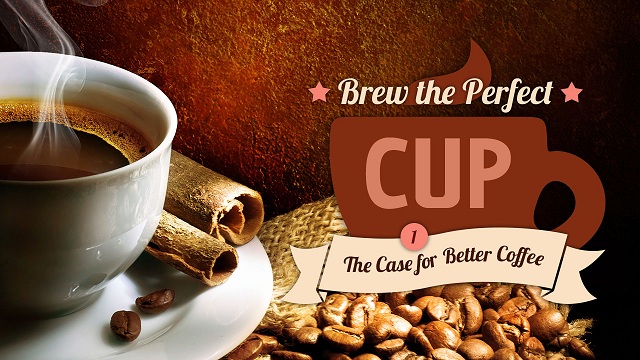18 Foods That Pack a Secret Sugar High
Posted in Lifestyle by JenSo it’s been pretty hectic lately. Quizzes, midterms, homework, lab reports, making money, etc., I feel drained almost everyday but you gotta do what you gotta do, right? Amidst all this mumbo jumbo I’m also trying to keep myself energized and healthy… you know that stuff that people claim they don’t have time for. Everyone always has at least a little time though. Your health is always important and it can be as simple as just changing what you consume daily, your diet, your portions. During one of my study breaks I happened to come across an article that proved to be quite interesting. This is for all those health fanatics out there and also those who want to lose a little weight and get fit. Enjoy (:
“Here’s the not-so-sweet truth: Overindulging in sugar can lead to a wide range of health issues, including diabetes, depression, and even cancer. But despite all of the warnings, the average adult consumes 22 teaspoons of added sugars a day, while we should be limiting ourselves to no more than 10 teaspoons, or 40 grams. You’re on the right track if you’re cutting down on soft drinks and other sweets, but sugar lurks in seemingly savory and ostensibly healthy foods, too. Here, Heather K. Jones, RD, also known as the Diet PI, directs your attention to 18 super sneaky hiding spots for sugar.”
1. Dried Fruit

Dried fruit can be a healthy snack, but many brands pack extra sugar, says Jones. While some sugar is naturally derived from fruit, a close look at nutrition labels reveals that sugar is often the first ingredient listed—even before fruit. Because of their natural tartness, dried cranberries typically get the super-saccharine treatment, and carry around 30 g per serving. Look for unsweetened varieties instead.
2. Yogurt
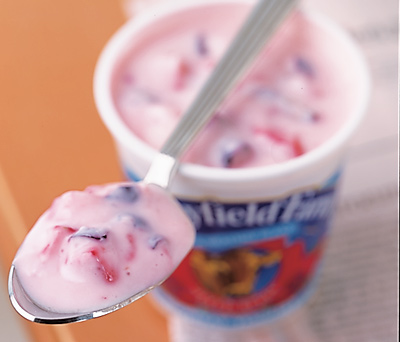
Watch out for flavored yogurts; some contain up to 7 teaspoons of sugar—that’s about three times the amount found in plain yogurt. Stonyfield Farm French Vanilla Organic Whole Milk Yogurt, Fage Total 2% Greek yogurt with honey, and Yoplait Thick and Creamy Low-Fat Vanilla each pack 22 to 28 g of sugar per serving. You’re much better off selecting a plain yogurt and adding your own fresh or frozen fruit, says Jones.
3. Cereal
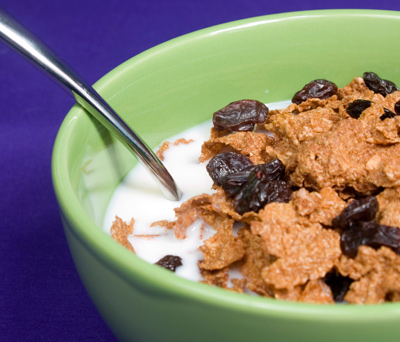
You may have rainbow-colored and cocoa-covered cereals pegged as the cereal aisle’s biggest sugar traps, but whole grain varieties can deliver just as much of the sweet stuff. A serving of Post or Kellogg’s raisin bran cereal contains nearly 5 teaspoons of sugar. Other healthy-sounding offenders include Kashi’s GOLEAN Crunch! and Kellogg’s Cracklin’ Oat Bran, which each have close to 4 teaspoons of sugar—that’s more than a Boston cream doughnut.
4. Oatmeal
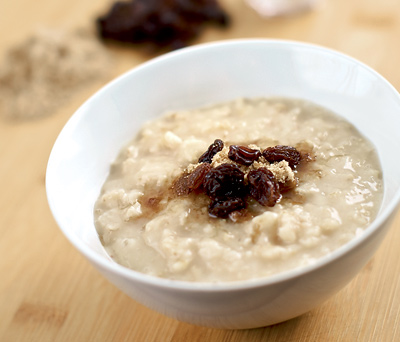
Sure, oatmeal fills you up with whole grains, which are an essential part of a healthy diet, but the breakfast staple can also fill your bowl with sugar. Many flavored packets contain about 14 g—tcomparable to three Oreos.
5. Spaghetti Sauce
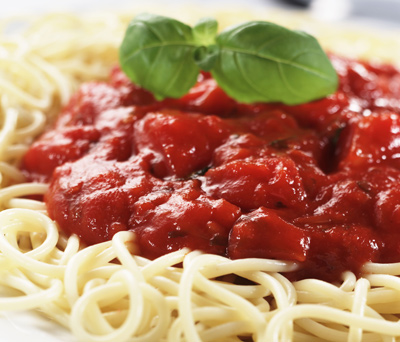
A pasta dish may be the last place you’d expect to find something sweet, but most brands tend to add sugar to their sauces, according to Jones. A serving of most marinara sauces slip in about 2 teaspoons of the sweet stuff—even if you can’t taste it. Mamma mia!
6. Fruit Juice
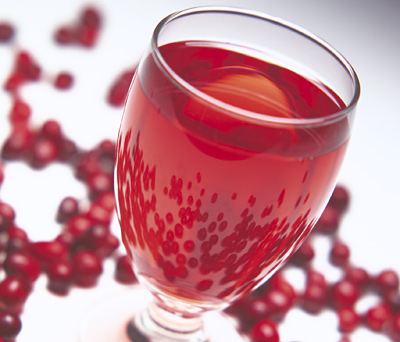
You may be guzzling 7 teaspoons of sugar or more when you pour yourself a glass of healthy-sounding orange, apple or grape juice. Take Minute Maid’s Cranberry-Apple-Raspberry juice, for example. The first ingredient is high fructose corn syrup, which makes it no surprise that the ruby-red beverage packs 30 g of sugar per serving.
7. Sweetened Iced Tea
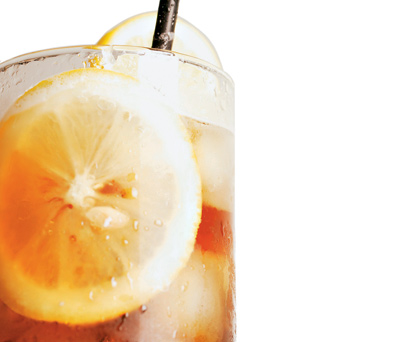
Here’s another drinkable disaster. The southern-style beverage gets its signature flavor with—you guessed it—tons of sugar. Bottled versions carry up to 33 g of sugar per serving—and almost as many calories as soda. A bottle of Honest Tea, for example, contains 25 g (that’s more than 6 teaspoons) in each 8-ounce serving.
8. Sports Drinks
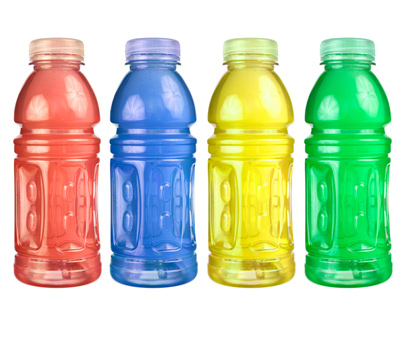
These brightly-colored beverages can provide an extra energy boost before, during or after an intense workout, but they shouldn’t be paired with meals. A bottle of Vitamin Water packs nearly an entire day’s worth of sugar (33 grams) per bottle, while a 12-ounce serving of Gatorade contains about 21 grams of the sweet stuff.
9. Salad Dressing
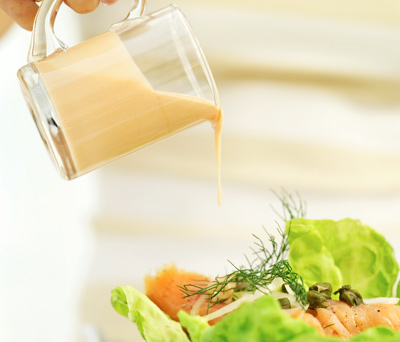
Your salad may taste savory, but some dressings sneak in 2 teaspoons of sugar or more per two tablespoons of dressing. Ken’s Steakhouse’s Fat-Free Sun-Dried Tomato Vinaigrette will top your leafy greens with 12 g—almost an entire Pixy Stix worth. You’ll be drizzling 10 g if you use the same brand’s Fat-Free Raspberry Pecan dressing.
10. Ketchup
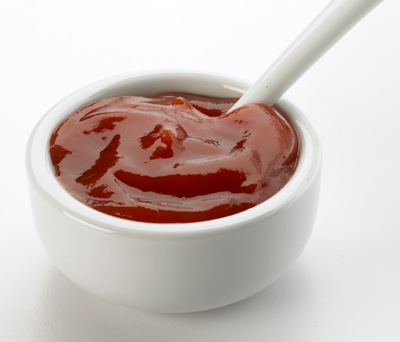
Would you like sugar with your side of fries? You may be getting it anyway. A tablespoon of ketchup contains about a teaspoon of sugar, which means about one-third of each serving is straight-up sugar. Go easy on the condiment the next time you garnish your burger or dog.
11. Low-Fat and Fat-Free Sweets
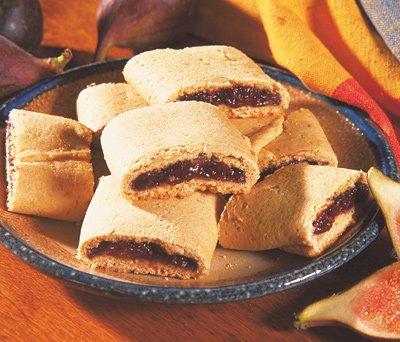
In these treats, fat is often replaced with sugar, says Jones. “You think you’re doing the best thing for your health, but you’re getting a lot more sugar in most cases,” she says. Keebler’s Reduced Fat Vienna Fingers and Nabisco’s Fat-Free Fig Newtons have fewer calories than their full-fat counterparts, but a serving of either will still load you up with nearly twice as much sugar as a Chips Ahoy chocolate chip cookie.
12. Energy Bars
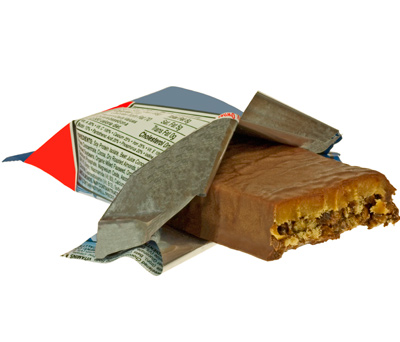
Nutrition bars are designed to give your workout a jolt, but if you’re not careful, they can also deliver a major unwanted sugar buzz. For example, a Clif bar serves up about 20 g of sugar, while Luna, NutGo, and Zone bars all have about 14 grams each.
13. Granola
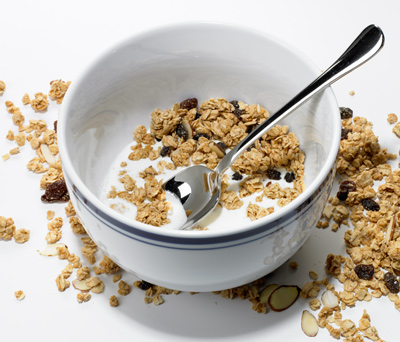
Don’t let this snack’s earthy vibe fool you. A single serving of most granolas contains 30 to 40% of your recommended daily sugar intake. Cascadian Farm Cinnamon Raisin Granola packs 16 grams per half cup, while Nature Valley’s Low-Fat Fruit Granola stuffs a staggering 19 grams into every one-third cup serving.
14. Fruit Smoothies
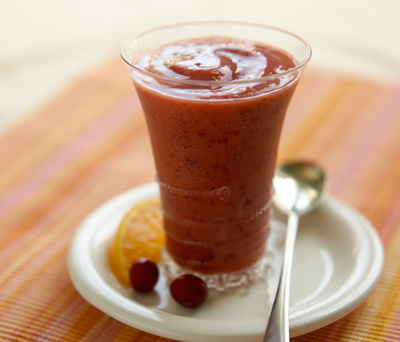
Smoothies made entirely from fruits and veggies are a tasty treat that fill you up with vital nutrients and antioxidants. When sherbet and other sugary ingredients are added to the mix, however, you may as well be sipping a milkshake. Jamba Juice sneaks added sugars into its classic smoothies by blending sherbet with other natural ingredients. As a result, some of their cool treats contain more than 60 g of sugar (nearly two days worth) per 16 ounces. Smoothie King also adds sweeteners, resulting in 20-ounce frozen giants that contain a whopping 100 g of sugar—or more.
15. Frozen Dinners
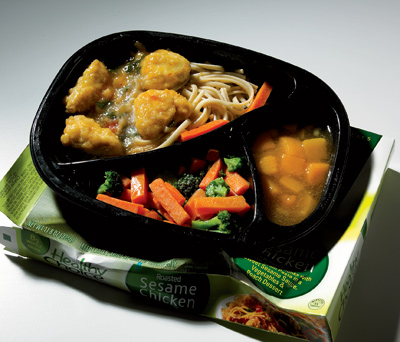
A frozen entree may taste savory to you, but sweet’s the operative word in a number of these meals—especially ones that use glazes or sauces. Take, for example, Kashi’s Sweet-and-Sour Chicken, which packs 25 g of sugar per entrée. The seemingly healthy-sounding Lean Cuisine Grilled Chicken also delivers a wallop in the way of 24 g of sugar. Healthy Choice’s Golden Roasted Turkey and Grilled Chicken Barbeque aren’t much better, packing 22 and 19 grams respectively.
16. Canned Baked Beans
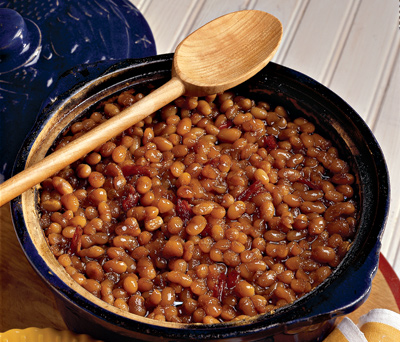
This campfire staple provides fiber and protein—as well as a shot of sugar. A single serving of Heinz Vegetarian Baked Beans, B&M Vegetarian Baked Beans, and Bush’s Vegetarian Baked Beans each contains around 3 teaspoons of sugar per serving.
17. Jelly, Jam or Preserves
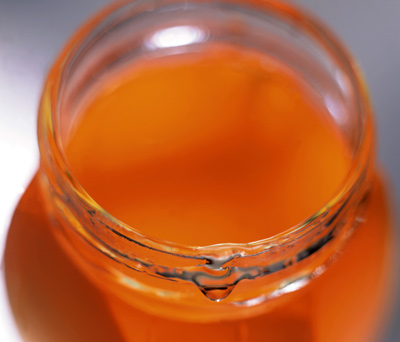
Before you slather fruit spread on your sandwich, keep in mind that, while jams and jellies are made with fruit, the second ingredient is sugar. Two tablespoons will fill you up with about 13 grams.
18. Hazelnut Spread
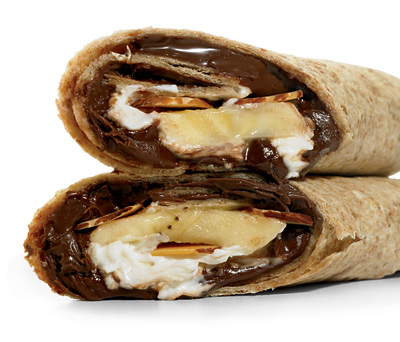
Anyone who has tasted Nutella won’t be shocked to learn that the sweet goo contains 21 g of sugar per serving. But for those who saw last year’s commercials, which touted that the spread was made from “simple, quality ingredients,” like skim milk and hazelnuts, the fact that the spread is more than 53% sugar by weight may come as a shock. Stick with unsweetened peanut or almond butter spreads instead.
The last one made me sad )’: I LOVE Nutella! Anyways, so aside from the scary health risks such as cancer and diabetes, sugar can also cause minor unwanted things as well. Such as, breakouts, fatigue, and excessive unnecessary weight gain. To avoid looking like a fat zombie, try to control what you feed your body. Take care of yourselves! It’ll only benefit you in the end.
Source: Fitbie – MSN





